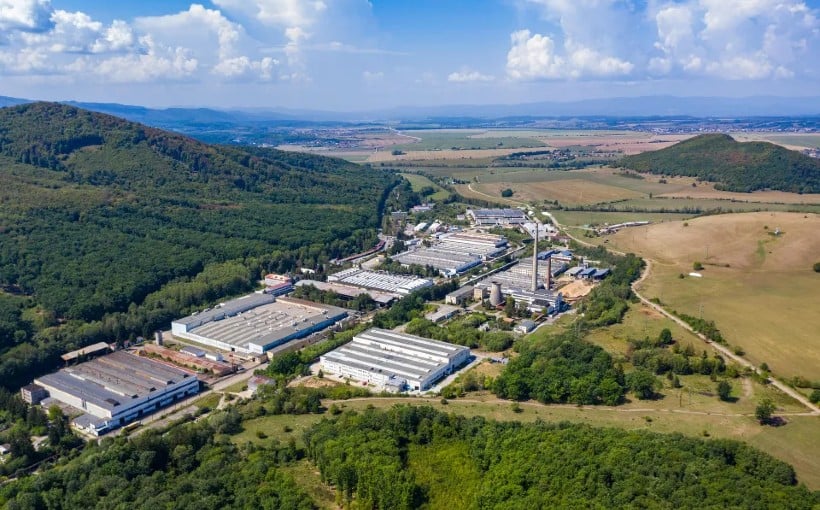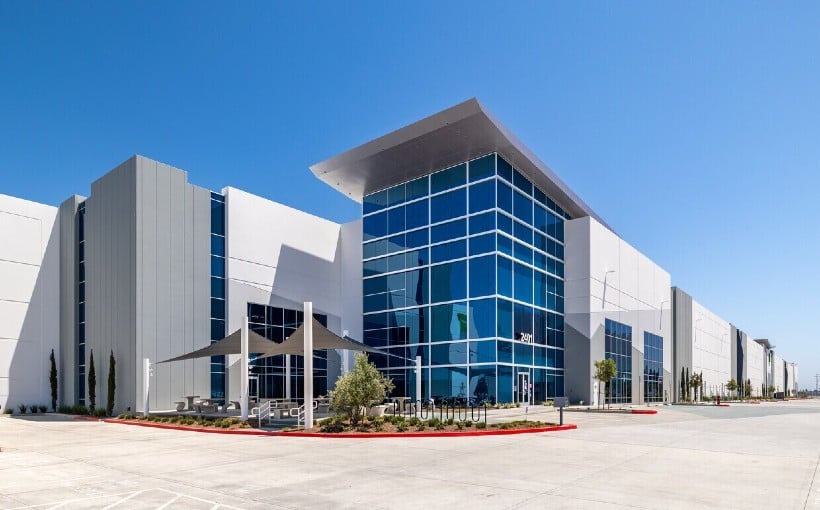**Discovery CRE Offers Strategic Nearshoring Guidance to U.S. Manufacturers**
With global trade disruptions looming, nearshoring is emerging as a compelling strategy for U.S. companies seeking manufacturing solutions closer to home. Luis Miranda, Founder and Managing Director of Guadalajara-based tenant representation firm Discovery CRE, highlights the growing appeal of relocating operations to Mexico.
**Proximity and Logistics**
One of the most significant advantages of nearshoring to Mexico is its geographic proximity to the United States. Unlike goods shipped from China, which take three to four weeks to reach U.S. ports, products from Mexico can arrive the same day or within two to three days, depending on the point of origin.
“There are also simply more shipping options,” said Miranda. “What we are sending from here to the United States goes by plane, train, truck, or ship — all four modes of transportation. With China, you’re limited to ship or air cargo.”
**Labor, Cost, and Continuity**
Mexican labor costs remain lower than in China, while the workforce maintains a high level of qualification. However, Miranda emphasized that beyond cost, regional resilience is a major driver for nearshoring. “The world is changing a lot,” he said. From geopolitical tensions to weather-related disruptions, global supply chains face significant risks. The COVID-19 pandemic underscored this vulnerability, as it led to widespread product shortages. As a result, U.S. companies are actively working to strengthen supply chain continuity through regional integration.
**Rebuilding Within the Region**
Although there have been efforts, such as tariff increases, aimed at continuing to move manufacturing back to the U.S., Miranda explained that such transitions are often not feasible in the short term. “It will take a lot of time and a lot of money,” he noted, also pointing to nationwide labor shortages.
He referenced a client in Ann Arbor, Michigan, with 14 U.S. plants and three in Mexico. Even with the desire to shift production stateside, the client acknowledges there aren’t sufficient workers to staff the relocated facilities.
**Manufacturing Collaboration Across Borders**
Mexico’s role in advanced manufacturing is another pivotal advantage. Tech hubs like Guadalajara enable cross-border product assembly efforts that would be impractical across longer distances.
“I know products that cross the border from the U.S. to Mexico at least 13 to 14 times during the manufacturing process,” Miranda said. “If you try that with Asia, it’s simply not viable because of time constraints.”
**USMCA: A Strategic Advantage**
The United States-Mexico-Canada Agreement (USMCA), in effect since 2020, provides another vital incentive for nearshoring. It allows qualifying goods to enter the U.S. duty-free, provided they meet rules of origin requirements. These stipulate that products must derive a significant portion of their materials and labor from the three participating countries.
Earlier in 2025, when the U.S. imposed a temporary 25% tariff on some imports from Canada and Mexico, USMCA-compliant goods remained exempt. This exemption reinforces the importance of developing local supply chains that adhere to the agreement’s guidelines.
**Tailored Solutions for U.S. Clients**
Discovery CRE offers customized nearshoring strategies for its clients. The process starts with location strategy, identifying which regions and cities in Mexico are best suited to the client’s needs based on available expertise and regional specialization.
The company draws on deep knowledge of Mexico’s primary industrial corridors, including Guadalajara/Jalisco, Monterrey/Nuevo León, the El Bajío region, and the Mexico City metropolitan area. Emerging markets like Tijuana/Baja California — just across the border from Southern California — are also gaining attention.
“There’s a saying that where manufacturers go, suppliers go,” said Miranda. “Mexico offers a diverse range of capabilities depending on the region — from food processing to metal stamping to high-tech manufacturing.”
**Comprehensive Strategy and Site Selection**
Once an appropriate region is identified, Discovery CRE moves from broad planning to detailed analysis. This includes assessing infrastructure, workforce availability, and transportation needs.
Key elements of the site selection process include operational requirements, labor market conditions, and supply chain integration. Discovery CRE examines each property for factors such as infrastructure capacity and expansion potential.
After helping clients with site selection and location strategy, Discovery CRE often continues its involvement by taking on tenant representation roles. “Unless they already have a contract with a major U.S. or Canadian services firm, many of our clients end up hiring us,” said Miranda. “They’ve been working with us from the beginning — and that’s where we want to be.”
As U.S. manufacturers confront a rapidly shifting global landscape, Discovery CRE’s expertise in the Mexican market offers a key advantage for organizations seeking to strengthen and regionalize their operations.




